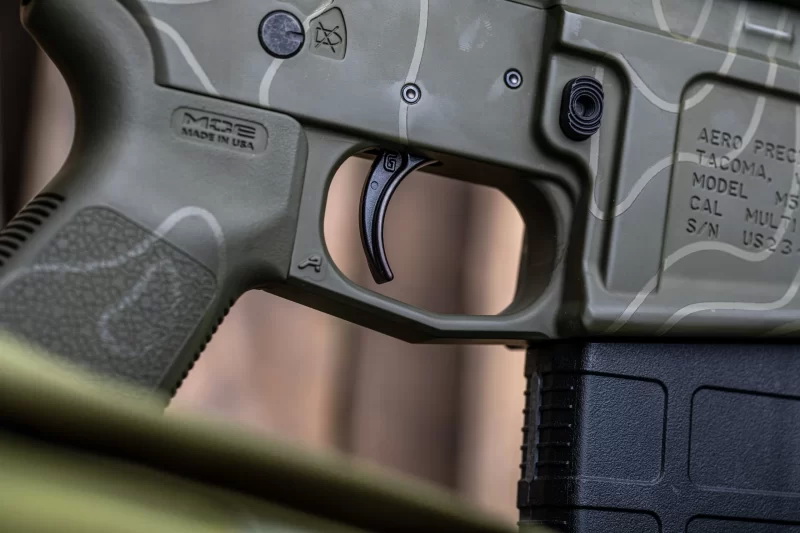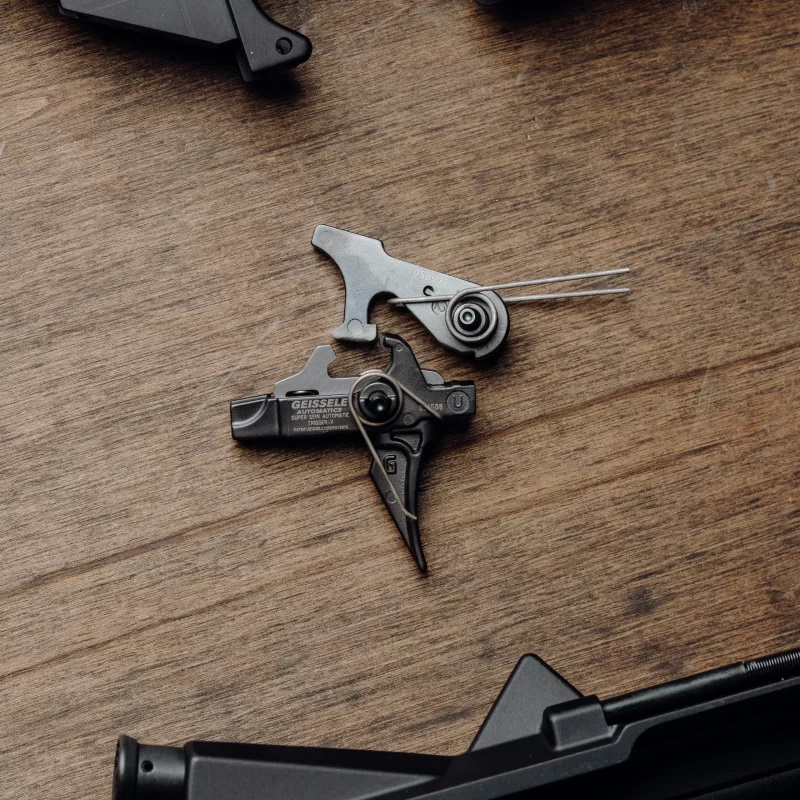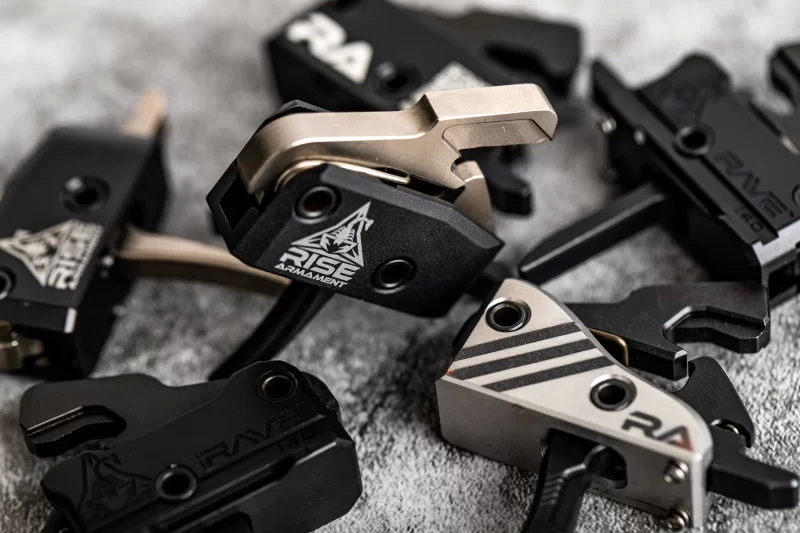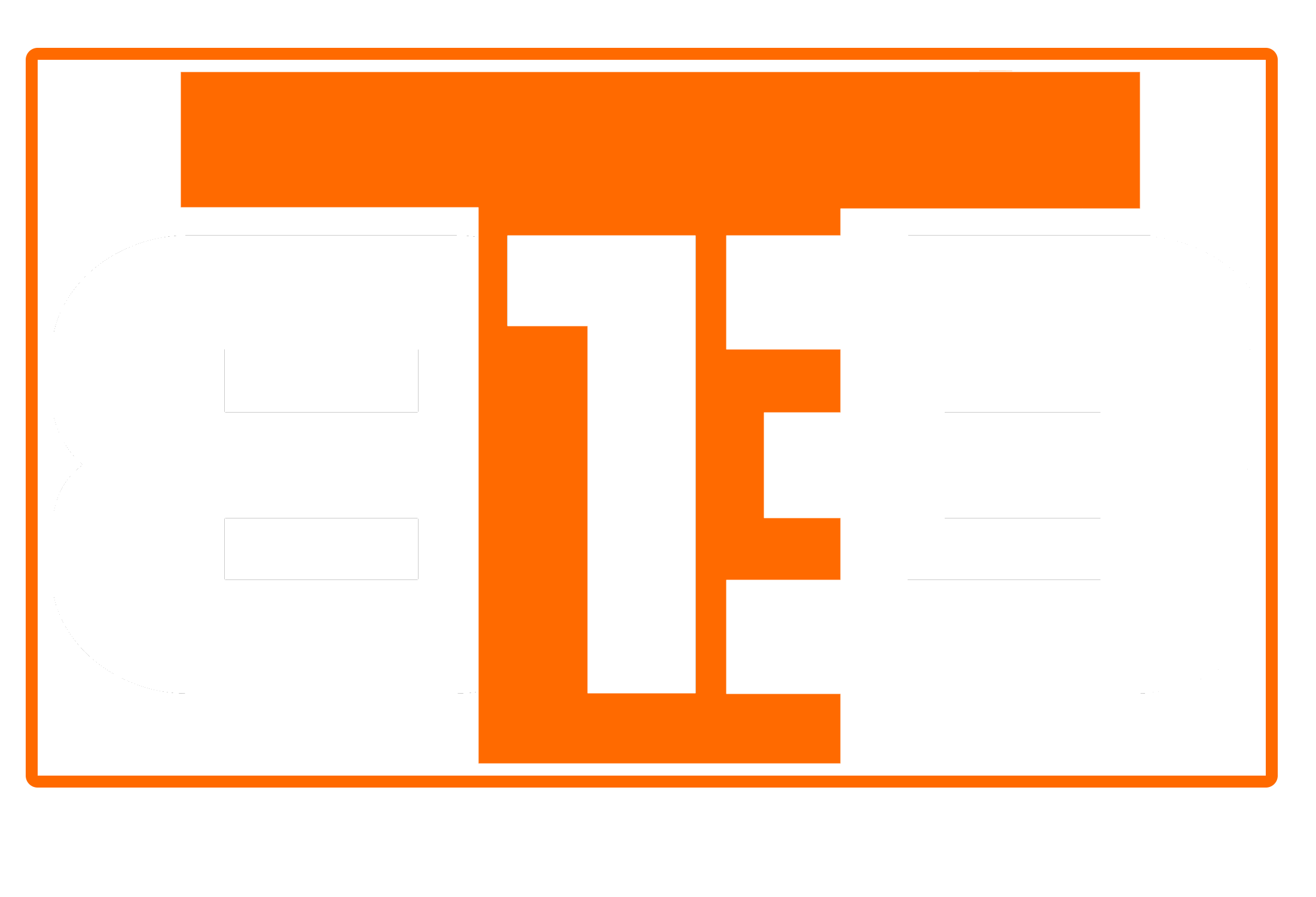In the world of AR-15 accessories, there is a plethora of options to build your perfect rifle. One of the most common AR-15 parts to upgrade is the trigger. One of those options is the two stage trigger.
What is a Two Stage Trigger?
Primary Arms Explains.
The standard Mil-Spec trigger leaves much to be desired. With that, there are many options for aftermarket triggers, but some of the choices can be confusing.
If it is your first time looking into aftermarket triggers, you may not know the difference between single-stage vs two-stage triggers. So what is a 2-Stage AR-15 trigger?

Two-Stage Trigger for the AR15
Simply put, a 2-stage trigger features two distinct stages as you pull through the trigger action. As you pull the trigger, you will notice two firing phases, each having a different trigger pull weight.
The first stage takes you to what’s called a “wall.” The “wall” refers to the point of the trigger motion right before the trigger breaks, allowing the hammer to fall and strike the firing pin. You will feel that the trigger moves rearward freely until this point.
Once you are at the wall, you begin the second stage by continuing to pull and break through this “wall”; this releases the hammer firing the gun.
It is worth noting that by design, these two stages will have two different pull weights. The first stage will be a pound or two heavier than the second. This need for differentiation between stages will typically yield a higher overall pull weight.
Advantages of a Two-Stage Triggers
Why is having two stages in the trigger action important? Many long-distance or precision marksmen prefer a 2-stage trigger, along with other long-distance shooting accessories such as Bipods, for several reasons.
Knowing exactly when the trigger will break, provided by the tactile feeling of the wall, allows for better accuracy. As you prepare to take a shot, 2-stage triggers enable you to take up the slack in the trigger.
Once the slack is taken up, all you have to do is confirm your target, make any final adjustments, and finally send the round down range. As you can imagine, this allows you to time your shot better, ensuring you send lead downrange at the exact moment you want.

The tactile feel of a two stage trigger allows the user to make last second adjustments before sending the round downrange.–BBC
Disadvantages of the Two Stage Trigger
While having two stages of the trigger helps with accuracy, these triggers do come with some drawbacks. The main disadvantage of a 2-stage trigger is speed.
Whether in a high-stress situation or just at a competition, speed counts, and the added complexity and weight of a 2-stage trigger tends to slow down follow-up shots.
However, the reduction in speed is minimal and usually only milliseconds. The time between shots, or the “split time,” may only be important if you are a competitive shooter where every millisecond counts.
Single Stage Triggers
Single-stage triggers operate just like 2 stage triggers but without the first stage. That means you are immediately at the wall. You break through the wall and release the hammer as soon as you pull the trigger.

Another advantage of single stage triggers is their market share. Most aftermarket upgraded triggers will be the single stage type.–BBC
This smooth motion with one consistent pull weight allows for faster trigger resets and, in turn, faster shooting. Many competitive shooters love single-stage triggers due to their speed and availability in low trigger weights.
Advantages of Single-Stage Triggers
If the two-stage trigger is made for accuracy, then Single-stage triggers are meant for speed. Commonly found with low trigger weights of 2.5-3 lbs. A single-stage trigger makes an excellent option for a competitive shooter who needs to shave off as much time as possible.
Disadvantages of Single-Stage Triggers
Where this type of trigger shines in terms of speed, it can lack accuracy. While many shooters may be just as accurate with an AR-15 with a single-stage trigger as with a 2-stage trigger, these triggers can be challenging to have repeatable accuracy.
While yes, you are immediately on the wall, it can still be difficult to know how much the 3 lbs. of trigger pressure is that’s required to pull the trigger. This can hinder shot timing, causing you to fire too early or too late.
Adding to this, due to the design of single-stage triggers having no slack, or take-up, there is little to prevent a negligent discharge. In a high-stress situation, such as home defense, it is natural to be shaky or jittery.
If you have your finger on the trigger the shakiness combined with a light trigger weight can easily result in a negligent discharge.
What is Best for You?
No matter what brand you go with, Geissele, Rise Armament, CMC, or any others it is highly recommended to get to the range to test these two types of triggers for yourself to see which works best for you. However, here’s a simple guide to get you started.
If you plan on taking longer precision shoots where speed is not vital, a 2-Stage trigger will be an excellent fit. Whereas if you are a competitive shooter or looking to get into competitive shooting where time is vital for the final score, a single-stage trigger with a low trigger weight will benefit you most.
